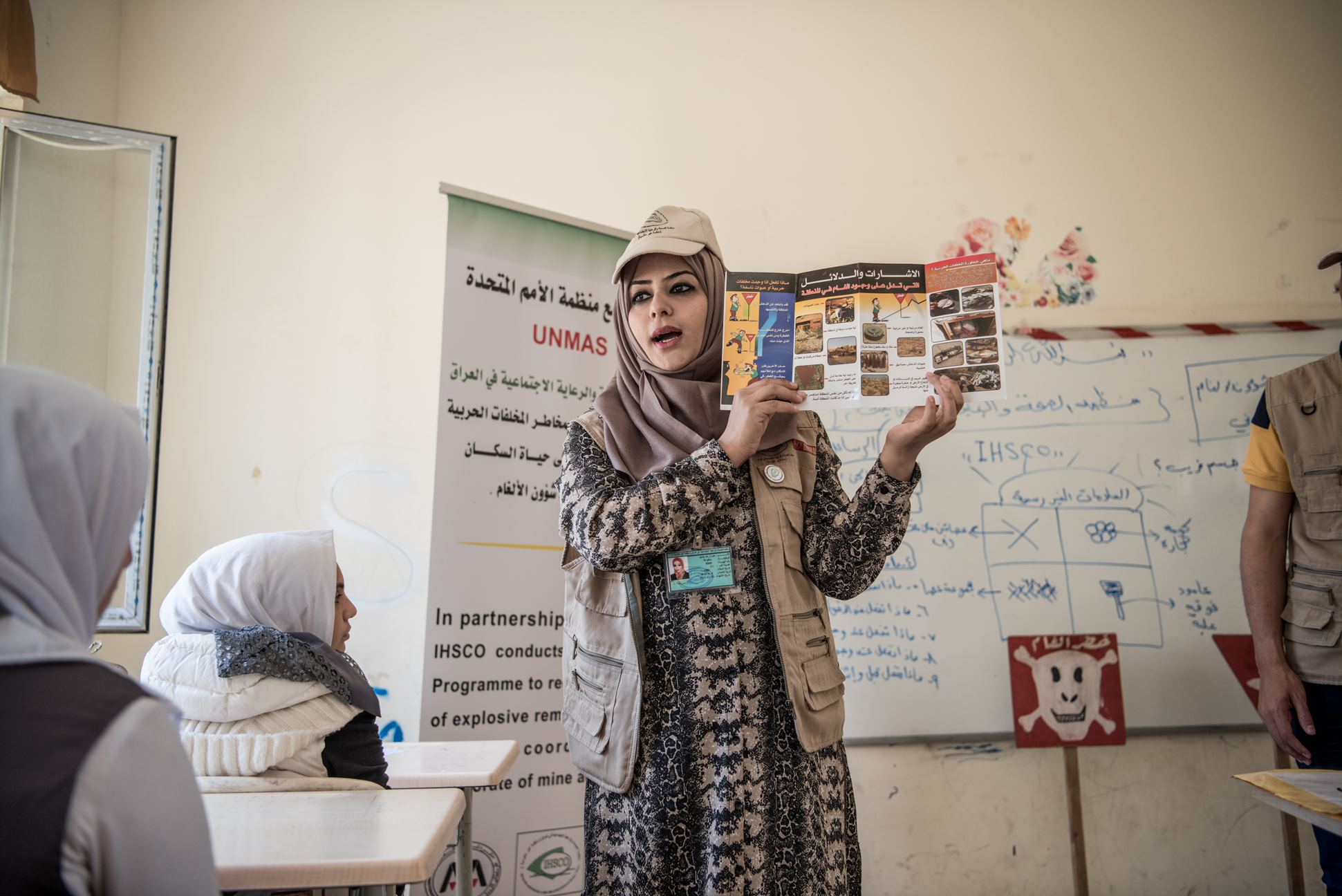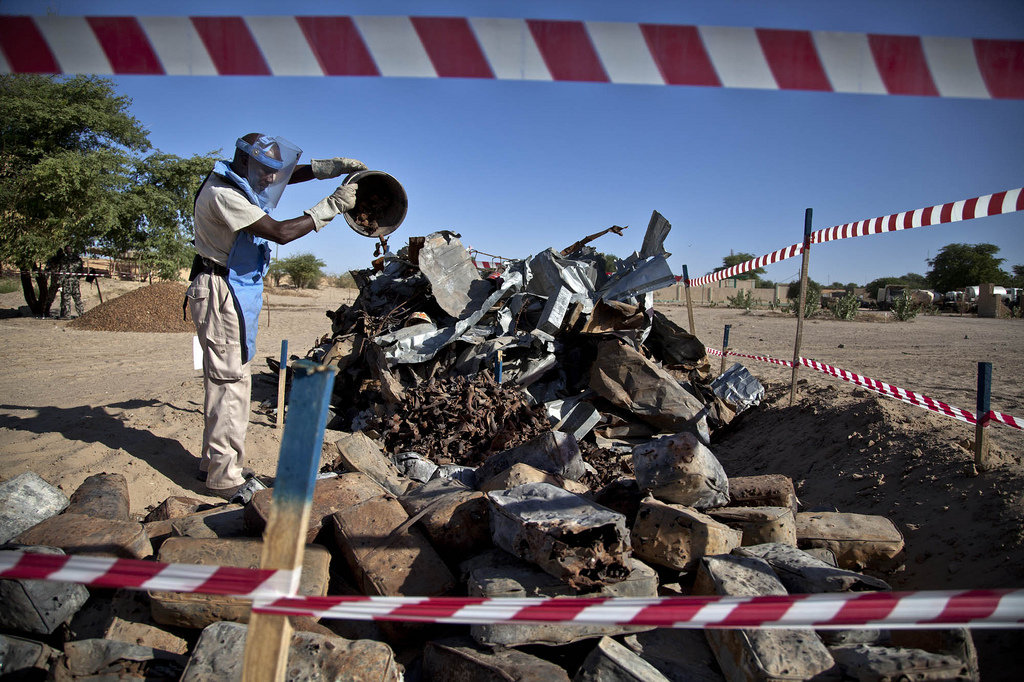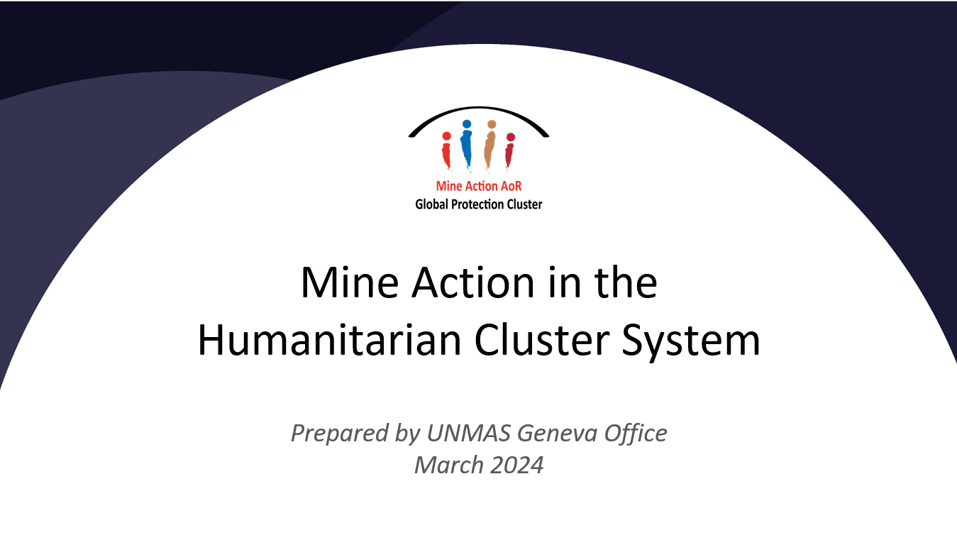About Us
-

Violent conflicts continue to wreak havoc in countries and within communities worldwide. Following a period of steady decrease between 1999 and 2012, there has been a sharp rise in casualties from explosive ordnance since 2013. Mines, explosive remnants of war, cluster munitions and improvised explosive devices, killed or injured 20 people on average every day in recent years, leaving many with life-long disabilities and psychological trauma.
Mine action in emergencies refers to the humanitarian activities that reduce the impact of explosive ordnance. They include the removal and clearance of explosive items, provision of risk education to impacted communities, as well as support to persons injured physically or mentally by explosives items.
-

In humanitarian crises, mine action is coordinated by the Mine Action Area of Responsibility (MA AoR) within the Global Protection Cluster. In 2022, the MA AoR supports coordination platforms in 18 countries. They coordinate the contribution of the mine action sector to the humanitarian response plans.
The MA AoR’s objective is to ensure predictable, accountable and effective mine action responses, including by supporting field-based mine action activities and coordination mechanisms.
Photo credit: IHSCO conducts Risk Education in Iraq. UN Photo.
-

To achieve its objectives, the MA AoR brings together the UN Secretariat, funds, programmes, NGOs and academic institutions at the global level as well as within a humanitarian crisis setting. The United Nations Mine Action Service (UNMAS) is the global lead of the MA AoR which is co-led by an NGO. Membership is open to any organization active in the field of humanitarian mine action wishing to contribute.
-


